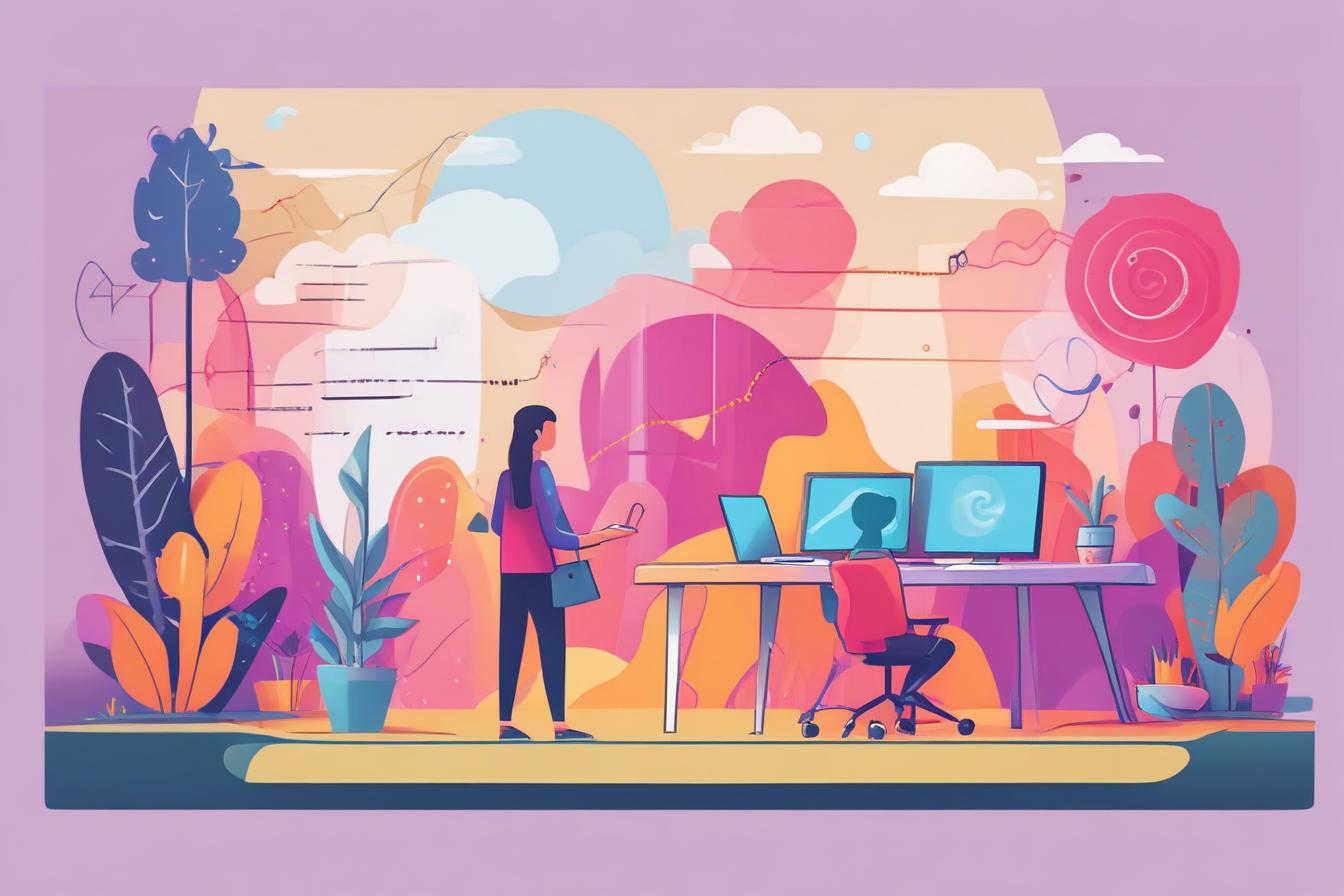In today’s crowded digital landscape, creating a seamless and personalized customer experience is crucial for driving sales and fostering long-term loyalty. This is where customer journey content marketing comes into play – a strategic approach that aligns your content efforts with the unique needs, pain points, and behaviors of your target audience at each stage of their journey.
What is Customer Journey Content Marketing?
Customer journey content marketing is a methodology that focuses on delivering highly relevant and valuable content to your prospects and customers based on where they are in their buying journey. It involves mapping out the various touchpoints and stages a customer goes through, from initial awareness to post-purchase engagement, and creating targeted content assets that address their specific needs and concerns at each step.
The Buyer’s Journey: A Common Framework
While customer journeys can vary across industries and businesses, most follow a similar overarching framework known as the buyer’s journey:
- Awareness Stage: Prospects realize they have a problem or need but may not fully understand it yet.
- Consideration Stage: Prospects have clearly defined their problem or need and are actively researching potential solutions.
- Decision Stage: Prospects are evaluating specific options and narrowing down their choices before making a final purchase decision.
By aligning your content strategy with this journey, you can effectively nurture leads, build trust and credibility, and ultimately drive conversions.
The Benefits of Customer Journey Content Strategy
Implementing a customer journey content strategy can yield numerous advantages for your business, including:
Improved Customer Engagement and Loyalty
Delivering personalized, relevant content at the right time can significantly enhance the customer experience, fostering stronger engagement and loyalty. When you provide value and address their specific needs throughout their journey, customers are more likely to develop a positive perception of your brand.
Increased Conversions and Sales
By nurturing prospects with targeted content that addresses their pain points and objections, you can effectively guide them through the sales funnel and increase the likelihood of conversion. Content optimized for the right stage of the journey can be a powerful conversion catalyst.
Better Lead Qualification and Nurturing
A customer journey content strategy allows you to better qualify and segment leads based on their behavior and engagement with your content. This enables more effective lead nurturing and ensures that your sales team focuses on the most promising prospects.
If you’re feeling overwhelmed by the idea of creating and managing a comprehensive customer journey content strategy, consider leveraging a tool like ContentScale.fr. This AI-powered platform can generate SEO-optimized articles at scale for just $0.10 per article, saving you time and money compared to hiring a traditional SEO agency or content writer. By automating the content creation process, you can focus on strategic planning and execution, allowing you to stay ahead of your competitors.
Mapping the Customer Journey: Key Stages & Touchpoints
To effectively implement a customer journey content strategy, you need to first map out the various stages and touchpoints your target audience goes through. This process typically involves:
Defining Buyer Personas
Develop detailed buyer personas that represent your ideal customers, including their demographics, behaviors, pain points, and goals. This will help you understand their motivations and tailor your content accordingly.
Identifying Touchpoints and Channels
Determine the various channels and touchpoints your customers interact with your brand, such as your website, social media platforms, email campaigns, and more. Each touchpoint presents an opportunity to deliver relevant content.
Mapping the Customer Journey
Based on your buyer personas and touchpoints, map out the typical journey a customer takes from initial awareness to post-purchase engagement. This will help you identify the key stages and potential content opportunities.

Creating Targeted Content for Each Journey Stage
Once you have a clear understanding of your customer journey, you can begin creating targeted content assets for each stage. Here are some examples of content types that can be effective at different stages:
Awareness Stage
- Educational blog posts and articles
- Informative videos and webinars
- Industry reports and whitepapers
Consideration Stage
- Product comparisons and buying guides
- Case studies and customer testimonials
- Detailed product demonstrations and walkthroughs
Decision Stage
- Pricing and package information
- Free trials or demos
- Personalized consultations or sales calls
Remember, the key is to provide relevant and valuable information that addresses the specific needs and concerns of your audience at each stage of their journey.
Examples of Exceptional Customer Journey Content
To illustrate the power of customer journey content, let’s take a look at some exceptional examples from various industries:
HubSpot’s Inbound Marketing Resources
HubSpot, a leading provider of marketing, sales, and service software, has built an extensive library of educational resources focused on inbound marketing. From blog posts and ebooks to certifications and courses, their content caters to marketers at all stages of the journey, from awareness to post-purchase engagement.
Mailchimp’s Content Marketing Resources
Mailchimp, a popular email marketing platform, offers a wealth of content resources to help businesses improve their email and content marketing strategies. Their blog, guides, and case studies provide valuable insights and best practices for users at different stages of their journey.

Measuring & Optimizing Your Customer Journey Efforts
Implementing a customer journey content strategy is an ongoing process that requires continuous measurement and optimization. Here are some key metrics and tactics to consider:
Key Metrics to Track
- Content engagement metrics (pageviews, time on page, bounce rate)
- Lead generation and conversion rates
- Customer acquisition and retention rates
- Customer satisfaction and loyalty metrics (NPS, reviews, referrals)
Optimization Tactics
- Analyze content performance and engagement data to identify gaps and opportunities for improvement.
- Conduct user testing and gather feedback to refine your content and messaging.
- Leverage marketing automation and personalization tools to deliver more targeted and relevant content experiences.
- Continuously update and refresh your content to ensure it remains accurate, relevant, and aligned with your audience’s evolving needs.
By consistently measuring and optimizing your customer journey content efforts, you can continually improve the customer experience and drive better results for your business.
Conclusion
In today’s competitive digital landscape, delivering a seamless and personalized customer experience is crucial for driving sales and fostering long-term loyalty. By implementing a customer journey content strategy, you can effectively align your content efforts with the unique needs and behaviors of your target audience at each stage of their journey.
Remember, creating a comprehensive customer journey content strategy requires a significant investment of time and resources. To streamline the process and stay ahead of your competitors, consider leveraging a tool like ContentScale.fr. This AI-powered platform can generate SEO-optimized articles at scale for just $0.10 per article, saving you valuable time and money compared to hiring a traditional SEO agency or content writer.
By consistently mapping, creating, measuring, and optimizing your customer journey content efforts, you can effectively nurture prospects, build trust and credibility, and ultimately drive conversions and long-term customer loyalty. Embrace the power of customer journey content marketing and elevate your brand’s customer experience today.
